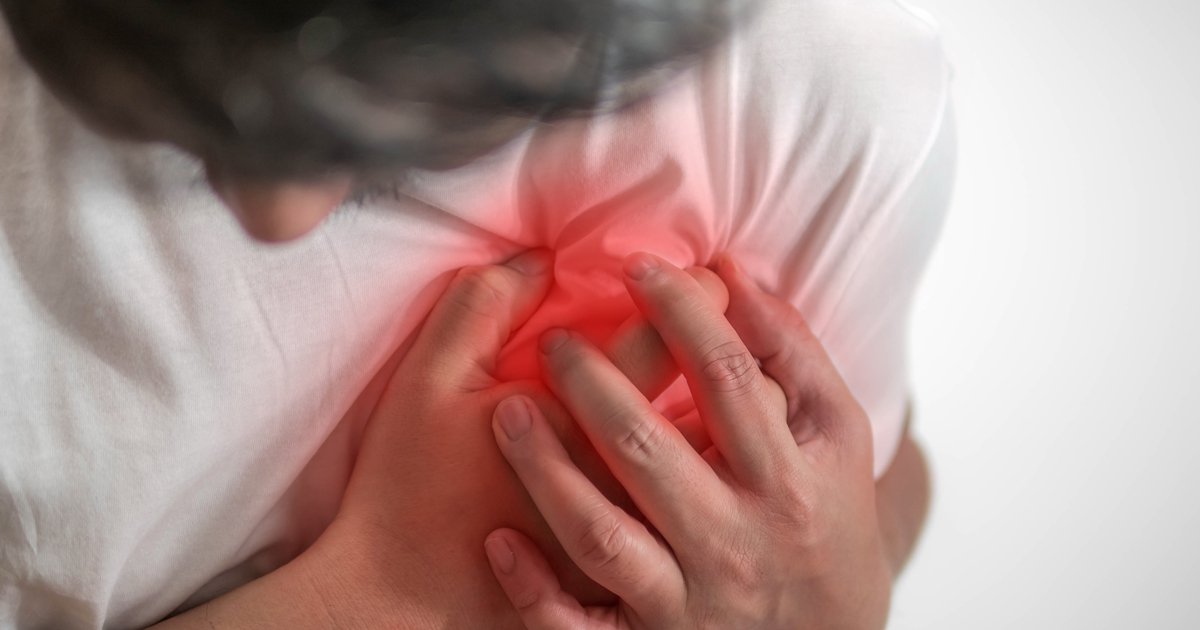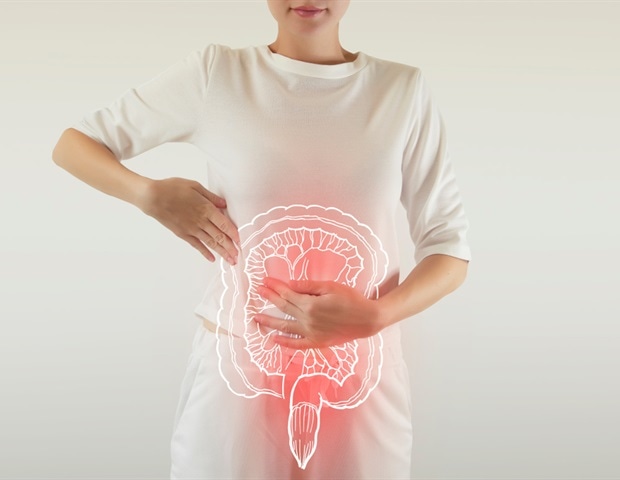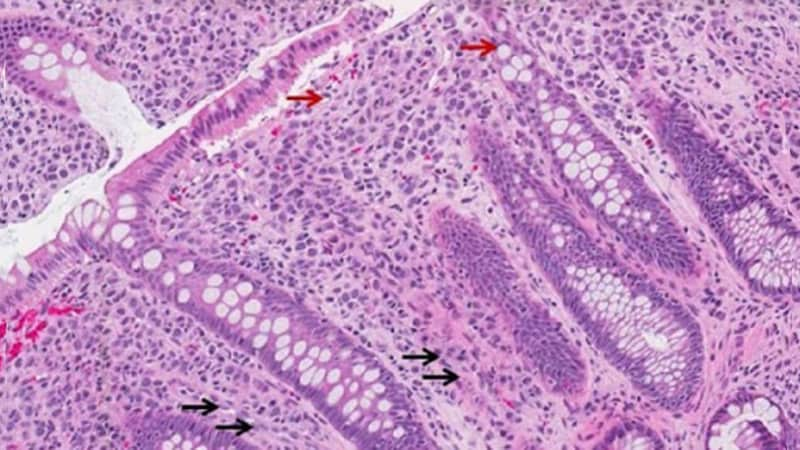Key takeaways:
- A system of stand-alone chest pain units was established in a low-income, densely populated area.
- Patients presenting with STEMI to these units received similar care to those in developed countries.
ATLANTA — A system of stand-alone chest pain units set up in Karachi, Pakistan, was associated with good metrics and outcomes for patients with STEMI who could not easily get to a hospital.
The system could be a model for chest pain evaluation and STEMI care in densely populated areas of low- and middle-income countries, Nadeem Qamar, MD, from the National Institute of Cardiovascular Diseases (NICVD) in Karachi, said during a presentation at the American College of Cardiology Scientific Session.

A system of stand-alone chest pain units was established in a low-income, densely populated area. Image: Adobe Stock
For patients diagnosed with STEMI, the first medical contact-to-device time and in-hospital mortality rate were comparable to those seen in developed countries, he said.
Access to care ‘immensely improved’
“The novel [chest pain unit] program … has immensely improved timely access to primary PCI, with acceptable first medical contact-to-device time and a rate of in-hospital mortality of primary PCI of 5% to 6%, which mirrors that of developed countries, including the United States,” Qamar said.
Karachi has a population of 23 million people, and lack of hospitals, traffic and infrastructure issues make it difficult for patients with chest pain symptoms to get to a hospital in a timely manner, Qamar said.
The government of Sindh, the province where Karachi is located, gave a grant to the NICVD to enable it to provide free primary PCI starting in 2016, and along with several philanthropic entities funded the creation of 18 stand-alone chest pain units, he said.
“Multiple units were strategically established in key areas based on the population density across the city,” he said. “These units, strategically situated under bridges or highways, in financial districts, market places and very densely populated areas … where road access is difficult, offer a unique pathway for individuals experiencing acute chest pain to swiftly access timely diagnosis and triage.”
From 2017 to 2023, 915,564 patients presented with chest pain at one of the stand-alone chest pain units, of whom 19,580, or 2.13%, were diagnosed with STEMI (median age, 56 years; 81% men; 5.66% with cardiogenic shock) and transported to the NICVD, Qamar said.
Among those who underwent primary PCI for STEMI, the in-hospital mortality rate was 5.58%, varying from 5.1% to 6.9% during the study period, he said, noting that predictors of mortality included older age, prolonged ischemic time, presence of cardiogenic shock and occurrence of complete heart block.
The median first medical contact-to-device time was 100 minutes (interquartile range [IQR], 80-135), the median door-to-balloon time was 84 minutes (IQR, 60-125) for patients presenting directly to the NICVD ED and the median total ischemic time was 232 minutes (IQR, 172-315), he said.
‘Comprehensive and equitable health care delivery’
Primary PCI for acute MI at the NICVD rose from 2,172 in 2015, before the free primary PCI and stand-alone chest pain unit initiatives, to 9,215 in 2023, whereas early invasive PCI rose from 191 in 2015 to 2,913 in 2023, Qamar said.
There are now 26 stand-alone chest pain units throughout the province of Sindh, ensuring that “every region in Sindh is within a 120-minute reach of a primary PCI facility, emphasizing the initiative’s dedication to comprehensive and equitable health care delivery,” he said.
“Rooted in strategic placement, expedited triage and timely management, [the chest pain unit initiative] stands poised to meet the distinctive health care challenges of, particularly, the South and East Asian nations, heralding a transformative era in acute MI care. Serving as a model thriving within resource constraints, the chest pain unit initiative encourages global health care systems to rethink their approaches,” Qamar said.










